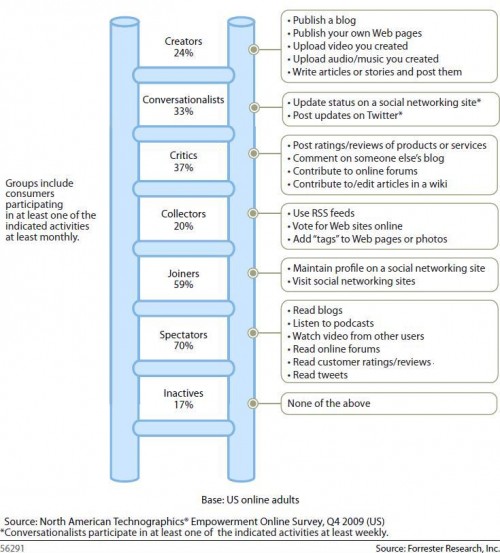What did I get from Day 1 at E2 Conference (Enterprise 2.0) in Boston?
This week I’m fortunate enough to be in sunny Boston and able to attend the recently rebranded E2 conference (which prior to 9am Eastern time was formerly known as the Enterprise 2.0 Conference) the leading event in enterprise social software.
When I used to come home from school, without fail my Mum or Dad would ask me what I had learned today – and if it was a good day I would expand on what had been discussed. Well today was a good day and with the concept of knowledge sharing in mind what follows are my selected highlights and headlines from Day 1 of E2.
The intent to share also dovetails nicely with one of the themes from a keynote speech delivered by Bryan Barringer (@bbarringer523) Manager, Enterprise Collaboration Implementation, FedEx Services. He spoke of how the challenge to encourage knowledge sharing across the organisation is one of getting employees to adopt a new mental model, and move away from the belief that “I have knowledge and I must limit access to that knowledge in order to stay valuable”, to a new desired mental model where the thinking is, “I am valuable because I have knowledge and I am willing to share it.”
Bryan shared how FedEx are planning to use the concepts behind gamification to reward desired behaviours and activity. In rolling this out to the enterprise they are starting small to ensure that it has relevance and is not seen as a game, but a valued award of recognition. Bryan also said that it was always best to avoid ever mentioning the word gamification as it often caused a confused or negative response, instead of focusing on what it was called, it was better to focus on what it means and what it can deliver.
The keynotes were kicked off by Nathan Brick (@socialbrick) SVP, Head of Social Strategy, Wells Fargo, Wholesale Services who explained his journey from being in the audience in 2011 through the challenge of encouraging collaboration amongst 265,000 users across 80 lines of business. Nathan was a firm believer in the idea that the people you meet and the people you work with help you grow and was keen to facilitate this expansion of personal networks within Wells Fargo. He explained that their mindset was to see that Frustration = Opportunity and that the problems employees faced presented opportunities for collaborative activities to be the solution.
In solving the problems, the approach was to ensure that what they built was something that didn’t get in the way of what (users) wanted to do. Nathan’s belief is that, “part of successful collaboration is reducing unnecessary collaboration” and also recognising that social isn’t always the answer. Where it is you should use it, where it isn’t you should look for an alternate option.
Recognising that the key to successful social software adoption is community management, the discipline of getting loosely federated networks of individuals to engage and work in productive ways, my focus in later sessions was the conference track on Community Management. I have already shared much of what I have learned with Nigel Williams (@footshort82) Interact’s Community Manager.
Catherine Shinners (@catshinners) President, Merced Group highlighted the stages of an effective community she explained the 4 stages within the “Lifecycle of a Community”:
- Inception – where high value content sparks engagement
- Establishment – where there is a growing sense of community
- Growth – where there are higher levels of interaction and engagement
- Maturity – nwhere the community is self-sustaining
Of particular interest to me was Catherine’s reference to Forrester’s Social Technographics that looks that how consumers (users) approach social technologies. The latest model (often portrayed as a ladder) groups consumers into seven different categories of participation – and participation at one level may or may not overlap with participation at other levels.
Users can be one or more of;
- Inactives
- Spectators
- Joiners
- Collectors
- Critics
- Conversationists
- Creators
Where would you put the users of your intranet on this ‘ladder’
Catherine’s overview, although not solely theoretical was enhanced by the following speaker, Rachel Happe (@rhappe) Principal & Co-Founder, The Community Roundtable. She went on to give explicit examples of what a Community Manager does; the simple answer being they do a lot more than just tweet all day. An effective community manager does a lot off-line, or through back channels and not necessarily on the intranet itself.
So, these are my take-aways from Day 1 – apart from a free signed book (The Collaborative Organization by Jacob Morgan – an Interact review of which will follow sometime), a rubber brain and a skipping rope. I will share my insights into Day 2 later this week
Image Credit: empowered

